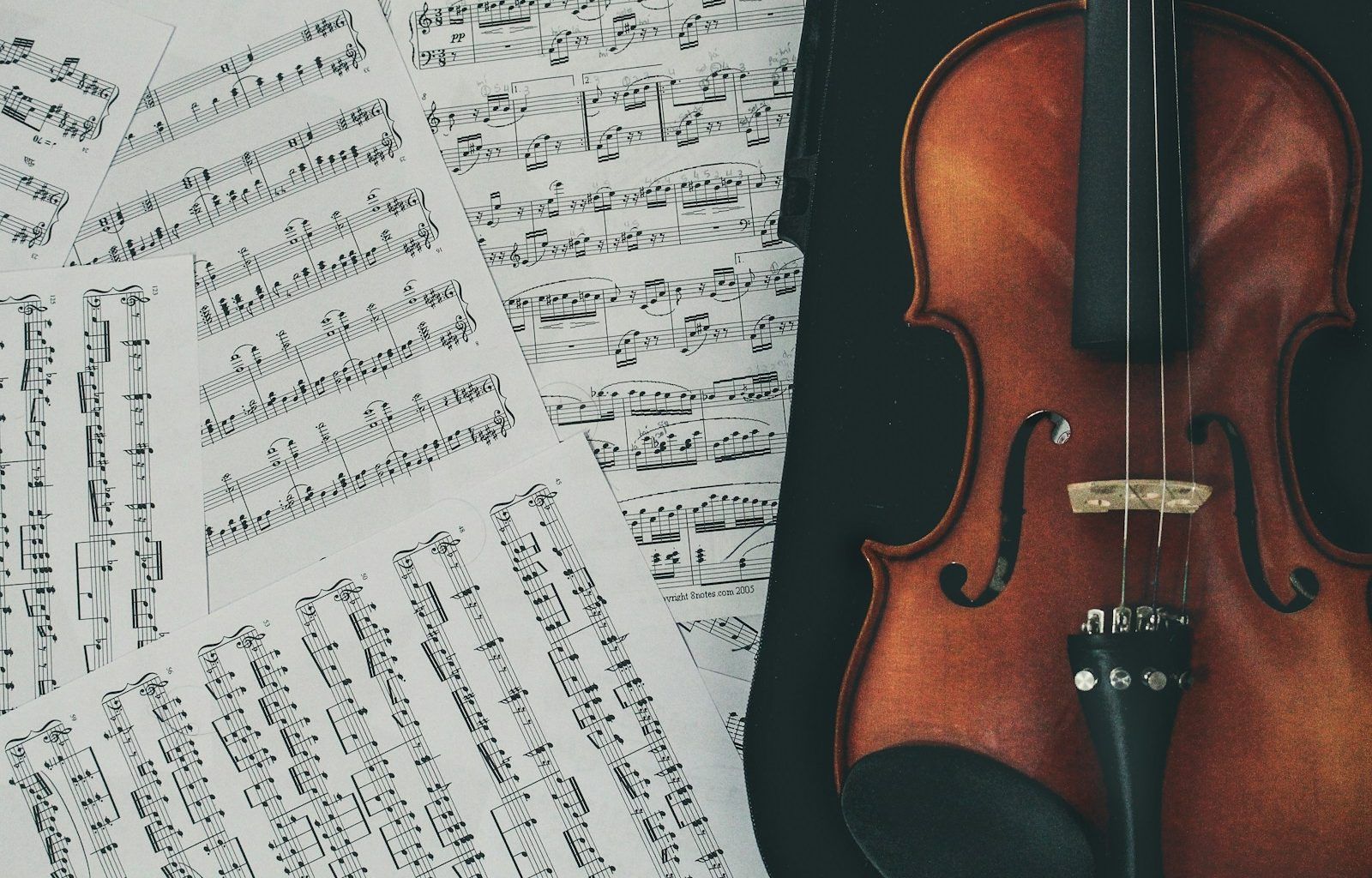Music has a way of speaking to the soul, but behind every note lies a core element that holds it all together: pitch. You may have heard musicians or music teachers talk about “pitch” or “pitching,” but what does it actually mean? In this blog, we will break down what pitching in music is, why it matters, and how it impacts the sounds you hear.
Whether you’re an aspiring singer, a budding guitarist, or just someone who loves music, understanding pitching is essential. This guide will take you through everything you need to know, using simple language and easy-to-follow examples.
What is Pitching in Music?
Pitching in music refers to the process of producing or adjusting a specific note or sound that has a distinct frequency. In other words, it’s the highness or lowness of a sound. When someone says a note is “off-pitch,” it means the note does not match the intended frequency.
The idea of pitch can be tricky at first, but here’s a simple example: think about the difference between the deep sound of a bass guitar and the high-pitched sound of a flute. The bass guitar produces low pitches, while the flute produces high pitches.
At its heart, pitching is about precision. It allows music to sound pleasing, organized, and harmonious. Without proper pitch, a song can sound jumbled or out of tune.
Why is Pitch Important in Music?
Pitch is the foundation of melody and harmony. Imagine listening to your favorite song, but the singer keeps singing slightly higher or lower than the correct notes. It would sound strange, right? That’s why pitching in music is so important.
Here’s why pitch matters:
- Creates Melody: Melodies are formed by combining pitches in a specific order. If the pitches are incorrect, the melody doesn’t work.
- Adds Harmony: Harmony happens when different pitches are played together in a pleasing way. Without the right pitch, harmony can sound unpleasant.
- Conveys Emotion: High pitches often sound bright or happy, while lower pitches create a deeper, more somber tone.
- Improves Performance: Proper pitching helps singers and instrumentalists perform confidently and accurately.
Understanding pitch is like learning the alphabet of music. Without it, creating and enjoying music becomes challenging.
How Pitch is Measured
Pitch is measured in Hertz (Hz), which tells us how many sound wave vibrations occur per second. For example:
- A Low Pitch: Produces fewer vibrations per second (e.g., 100 Hz).
- A High Pitch: Produces more vibrations per second (e.g., 1000 Hz).
A piano can help you visualize this. Press the key farthest to the left, and you’ll hear a low-pitched note. Press the key farthest to the right, and you’ll hear a high-pitched note. The pitches gradually increase as you move to the right.
Musicians often use tools like tuners to measure pitch. These devices display the exact frequency of a note, helping singers and instrumentalists adjust their sound.
Types of Pitch in Music
When talking about pitching in music, there are two main types to consider:
1. Definite Pitch
Definite pitch refers to sounds that have a clear, identifiable frequency. Instruments like pianos, guitars, and violins produce definite pitches. For example, when you play an A note on a piano, it vibrates at 440 Hz, which is a precise pitch.
2. Indefinite Pitch
Indefinite pitch refers to sounds that do not have a clear, specific frequency. Percussion instruments like drums or cymbals produce indefinite pitches. These sounds are often used for rhythm rather than melody.
By understanding the difference between definite and indefinite pitch, you’ll start to notice how instruments contribute to music differently.
What is Singing in Pitch?
Singing in pitch means hitting the correct notes while performing a song. When singers sing in tune, their voices match the intended frequencies. If a singer is “off-pitch,” their voice may sound sharp (too high) or flat (too low).
How to Sing in Pitch
If you want to improve your pitching in music, here are a few tips:
- Use a Tuner: Practice with a tuner to ensure you’re hitting the correct notes.
- Train Your Ear: Listen carefully to notes and try to replicate them.
- Warm Up Your Voice: Singing exercises help you stay in tune.
- Practice Scales: Singing scales will help you control pitch better.
- Record Yourself: Record your practice sessions to identify where you’re off-pitch.
Even professional singers practice these techniques regularly to maintain their pitching skills.
Pitching in Musical Instruments
Musical instruments, like voices, also need to stay in pitch. Instruments can go out of tune due to changes in temperature, humidity, or frequent use.
- String Instruments (e.g., guitar, violin): Strings need to be tuned regularly to maintain the correct pitch.
- Wind Instruments (e.g., flute, trumpet): Air pressure and embouchure (lip position) affect the pitch.
- Percussion Instruments: Instruments like xylophones are tuned to definite pitches, but drums focus more on rhythm.
Musicians use tools like tuners or tuning forks to adjust their instruments. Staying in pitch ensures that instruments blend well when played together.
Common Pitching Problems in Music
Pitching in music isn’t always easy. Musicians often face challenges like:
- Singing Off-Pitch: A common issue for singers who haven’t trained their ears.
- Instrument Out of Tune: Instruments can drift out of pitch over time.
- Pitch Drift: During long performances, singers and instrumentalists may slowly shift out of pitch.
How to Fix Pitching Problems
Here are simple solutions:
- Ear Training: Develop the ability to hear when a note is in tune or out of tune.
- Regular Tuning: Tune your instruments before every practice or performance.
- Vocal Exercises: Warm up your voice with scales and arpeggios.
With consistent practice, these problems can be resolved.
Conclusion: Why Pitching is Essential in Music
So, what is pitching in music? It’s the foundation of sound, melody, and harmony. Without accurate pitch, music wouldn’t be as expressive, organized, or enjoyable. Whether you’re a singer, instrumentalist, or listener, understanding pitch deepens your appreciation of music.
By learning to control and identify pitch, you can improve your musical skills and enjoy music on a whole new level. Remember, pitching isn’t just about hitting the right notes—it’s about creating sounds that connect with people.
For further reading, explore these related articles:
- What Does Mixing a Song Mean? A Complete Beginner’s Guide
- How to Earn Royalties from Spotify: A Beginner-Friendly Guide
For additional resources on music marketing and distribution, visit DMT Records Private Limited.






